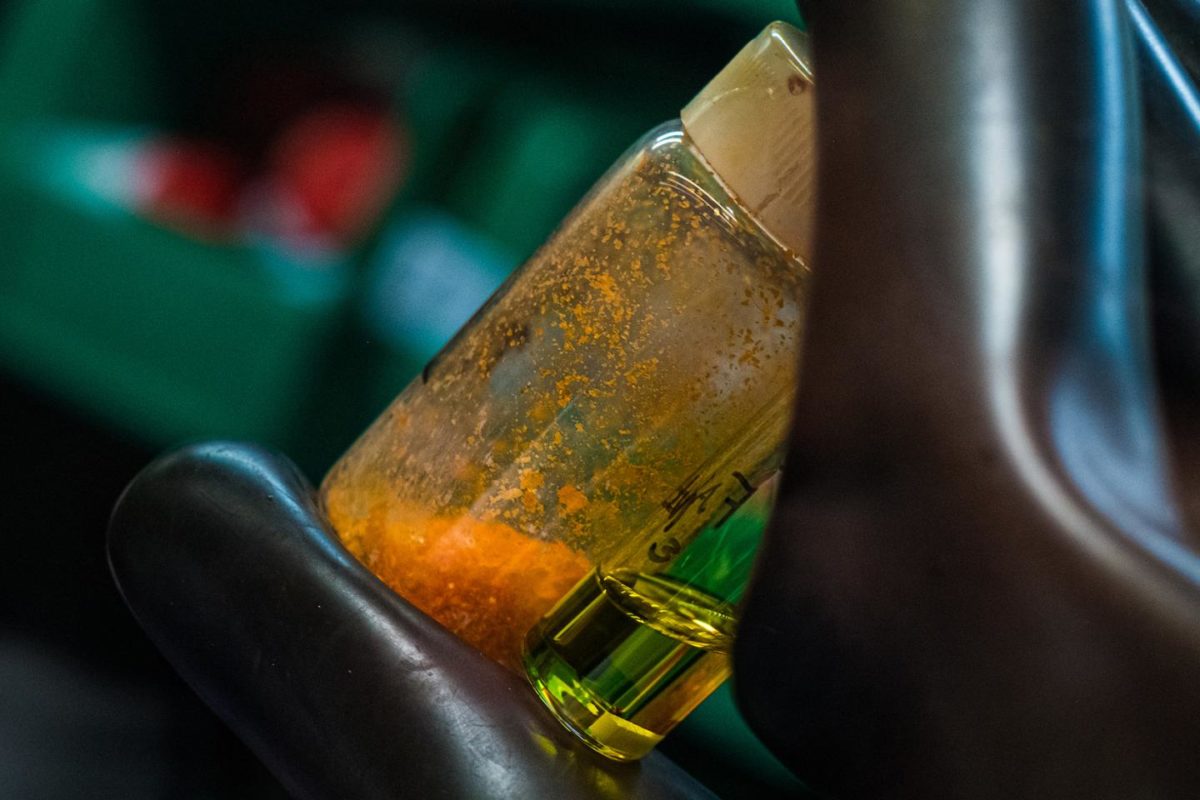From pv magazine USA
Engineers at Rice University created what they said are 2D perovskite crystals with stable and efficient energy harvesting capabilities, grown from seeds.
Halide perovskites are organic materials made from abundant and inexpensive ingredients. Rice’s new seeded growth method addresses some performance- and production-related challenges faced by perovskite photovoltaic technologies, said the researchers.
The process has allowed the engineers to make homogenous thin films comprised of uniformly thick layers. The engineers said that in laboratory testing, photovoltaic devices made from the films proved both efficient and reliable, two metrics that previously came as a challenge for both 2D and 3D perovskite applications.
Study authors have claimed state-of-the-art efficiency of 17%, before optimization. The engineers at Rice said they are confident that efficiency can be improved. Their work was published online in Advanced Materials.
The seed-grown photovoltaic films were reported to have preserved more than 97% of their peak efficiency after 800 hours under illumination with no thermal management. Historically, 3D halide perovskite PV devices have been efficient but prone to rapid degradation, and 2D devices have been inefficient but long-lasting.
In the seeded-growth method, seeds are made by slow-growing a uniform 2D crystal and grinding it into a powder, which was then dissolved into a solvent. The seeds retained the same ratio of ingredients as the traditional recipe, and the solvent is then spin-coated onto discs, identical to the original pervoskite-yielding method. The evaporation and crystallization steps mimic the original process. The seeded solution yields films with a homogeneous, uniform surface, similar to the material from which the seeds are ground.
Seeded growth has often been demonstrated for inorganic crystals, but the researchers said this is the first time it’s been shown in organic 2D perovskites. The process is an often attempted but rarely realized goal in nanomaterials: a self-assembly method to make macroscopic materials that live up to the promise of the individual nanoparticles of which they are composed.
The researchers said they are hopeful this process can be replicated for other applications in nanomaterials.
This content is protected by copyright and may not be reused. If you want to cooperate with us and would like to reuse some of our content, please contact: editors@pv-magazine.com.




1 comment
By submitting this form you agree to pv magazine using your data for the purposes of publishing your comment.
Your personal data will only be disclosed or otherwise transmitted to third parties for the purposes of spam filtering or if this is necessary for technical maintenance of the website. Any other transfer to third parties will not take place unless this is justified on the basis of applicable data protection regulations or if pv magazine is legally obliged to do so.
You may revoke this consent at any time with effect for the future, in which case your personal data will be deleted immediately. Otherwise, your data will be deleted if pv magazine has processed your request or the purpose of data storage is fulfilled.
Further information on data privacy can be found in our Data Protection Policy.